Hans Silvester’s lifelong dedication to investigating our world, capturing and promoting the most intimate, and perhaps enigmatic, of organic phenomena, has led the German-born artist down a number of career paths, including forays into journalism, philanthropy and environmental activism.
Born in Lorrach, Germany in 1938, Silvester graduated from the School of Fribourg in 1955 before beginning his life as a traveler and photographer. His wide-ranging oeuvre includes studies of various regions around the world, including chronicles of France, Central America, Japan, Portugal, Egypt, Tunisia, Hungary, Peru, Italy and Spain throughout the 1960′s and 1970′s. In the next decade, Silvester turned his photographic eye toward Europe’s nature preserves, the expansive Calavon river valley, and the ravages of deforestation in the Amazon. Silvester then moved on to the Great Indian Desert, documenting the lives of women in Rajasthan, before publishing a number of book series devoted to locations such as the colorful landscapes of Provence and the Greek Isles.
Silvester’s recent work features the Surma and Mursi people of the Omo Valley in southern Ethiopia, presenting the beauty of the tribes’ ancient tradition of temporary body decoration. His photographs reveal the use of bright mineral paints to embellish the skin and the use of flora and fauna to fashion spectacular headpieces and body accessories. His commitment to the documentation and preservation of relatively unfamiliar earthly marvels is visible in these photographs. The artist describes his immersion into the lives and tradition of these Ethiopian tribes as an effort to “save…as much as possible of this truly living art, which is mobile, changing, subject to infinite variation, and whose constituent elements…form a link between man and nature.” Through the memorialization of the vivid, yet intricate designs that adorn the faces and bodies of his subjects, Silvester strives to underscore the “the beauty and purity of nature…taken out of context, [so] you’re reminded again how beautiful a seed pod, a mushroom or a flower is.” It is this appreciation of beauty and penchant for cultural expression that is both exceptional in regard to the magnificent forms produced by these tribal cultures, but also exceptionally familiar, reminding the viewer of the fundamental yearning for the beautiful that unites us all.
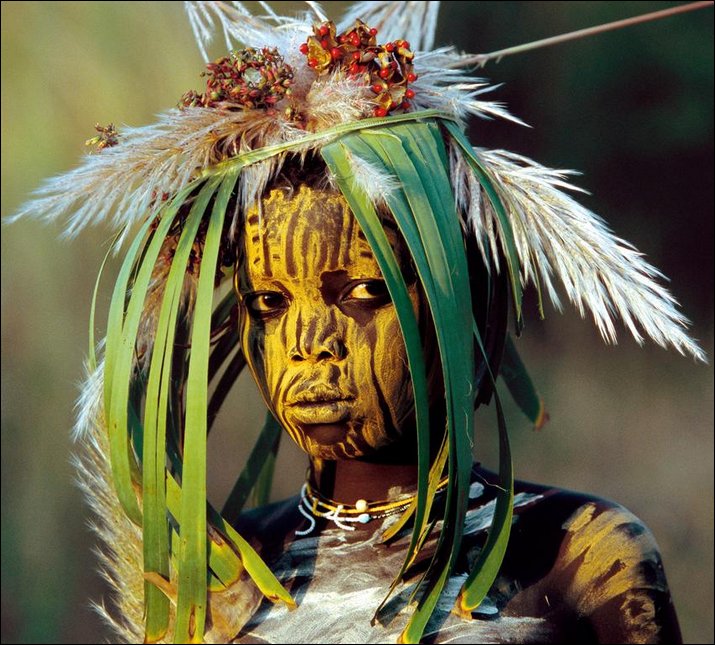
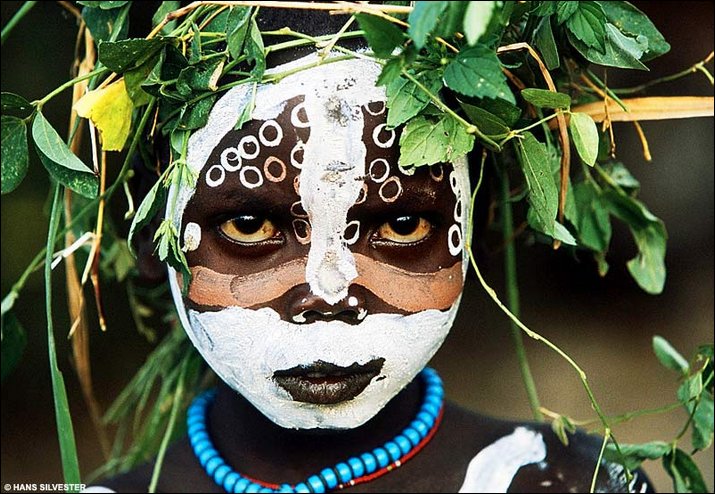
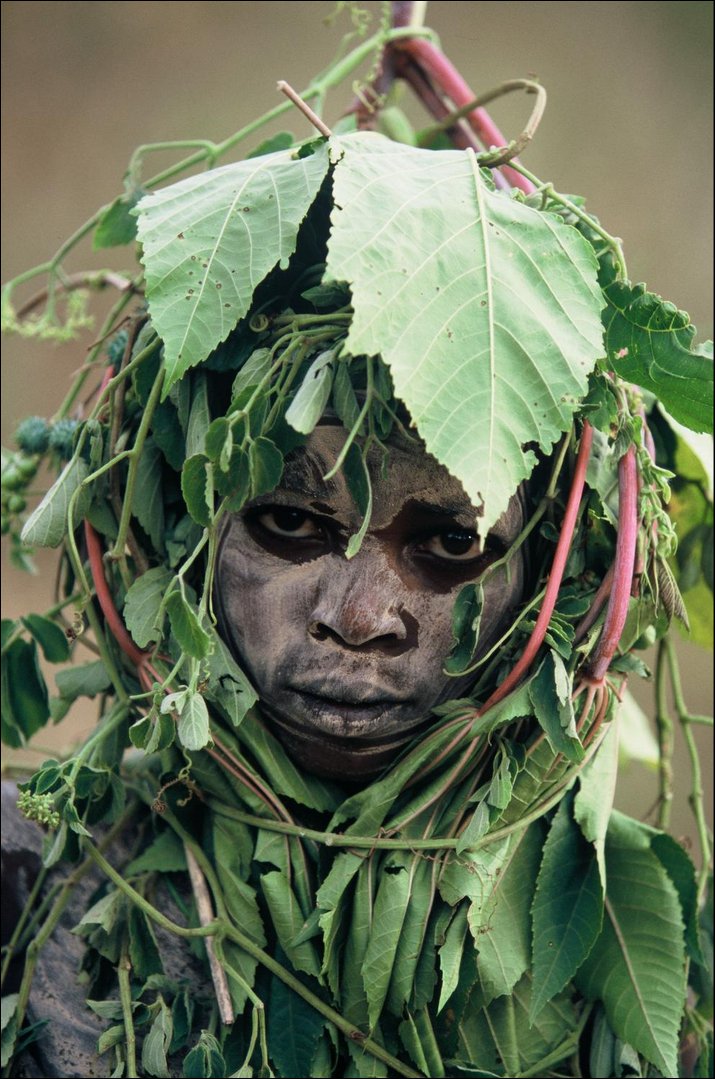
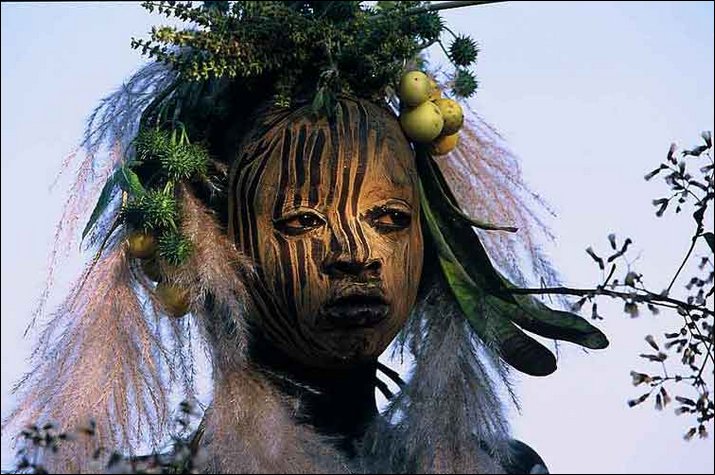
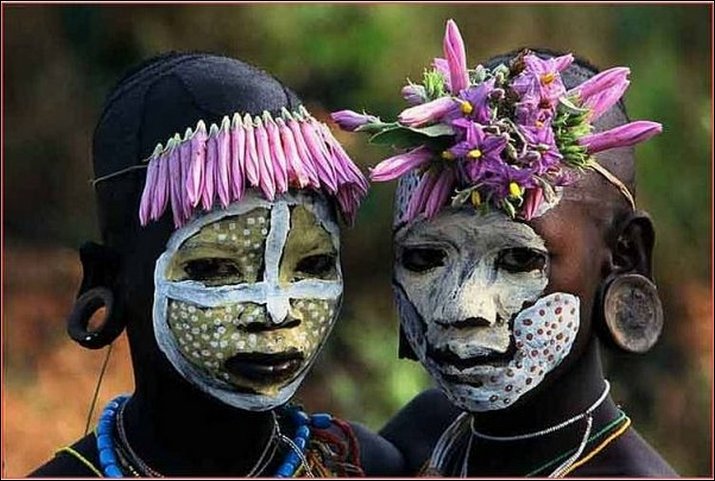
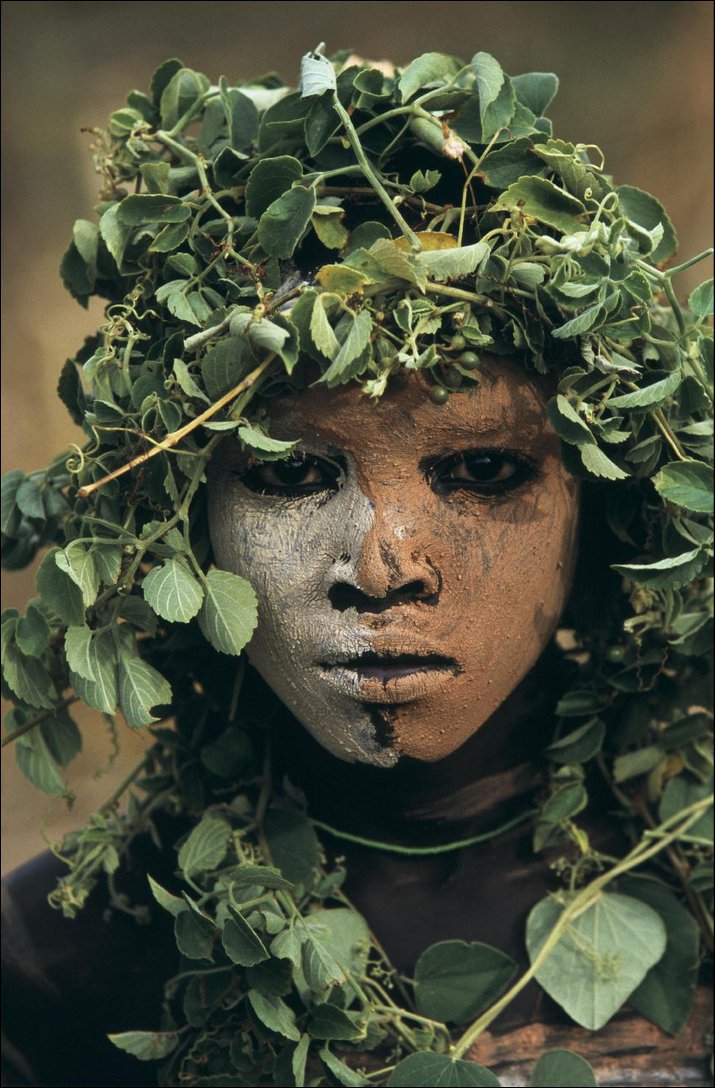
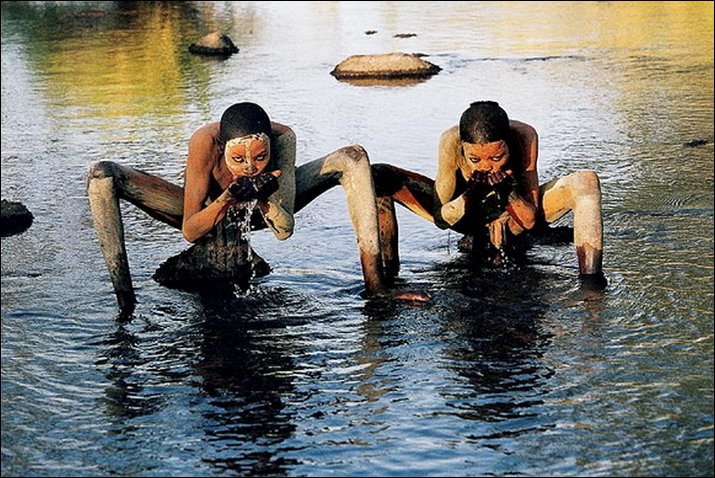
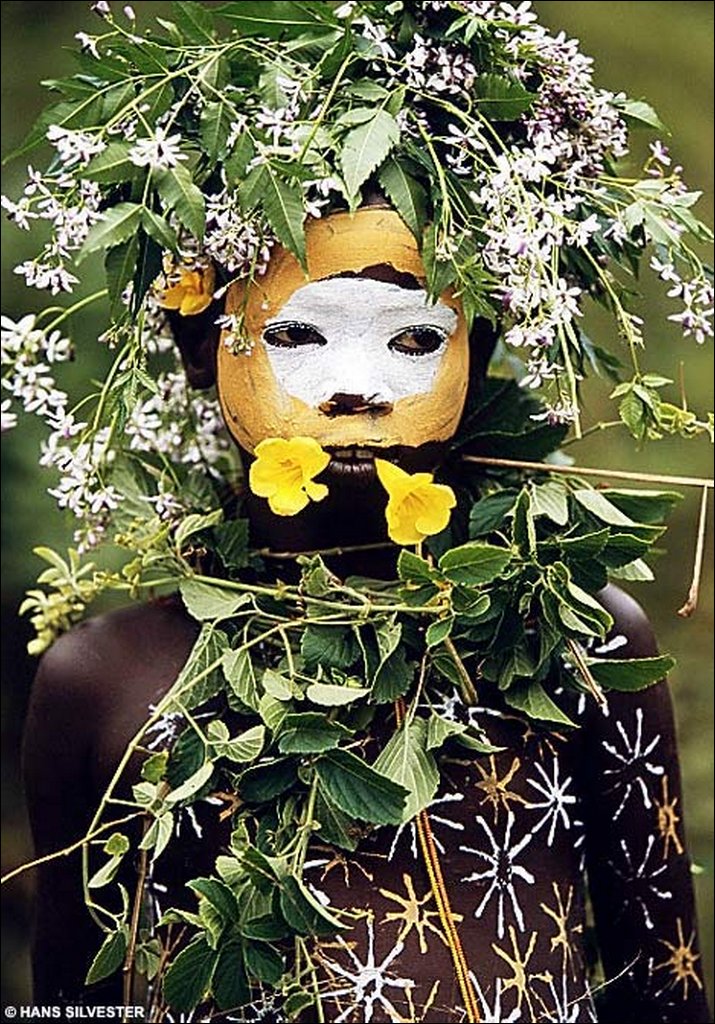
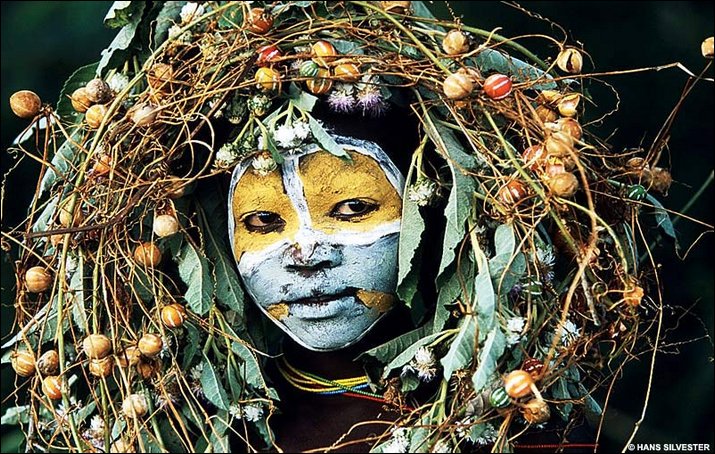
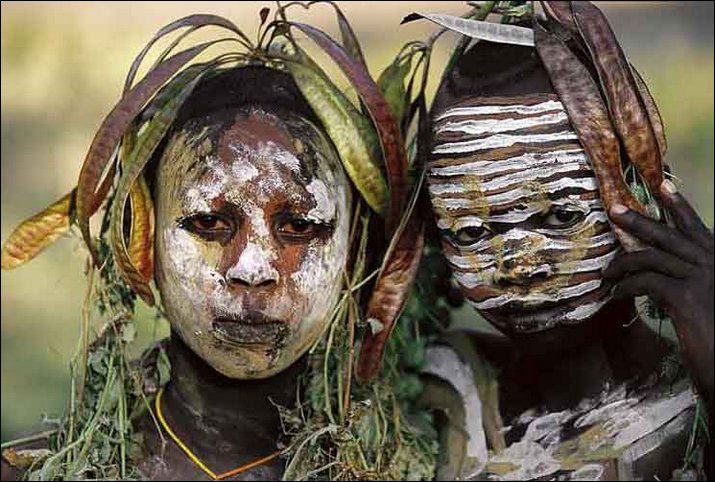
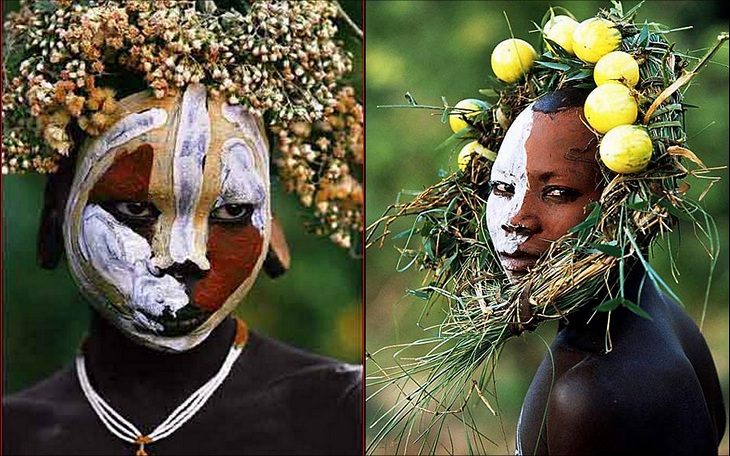
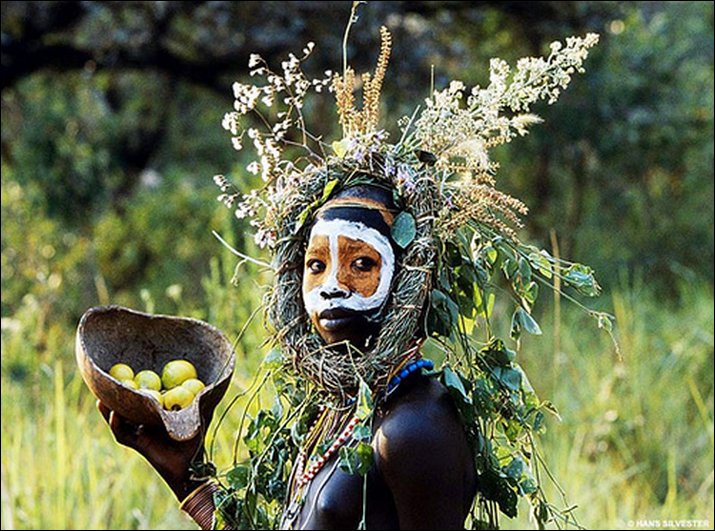

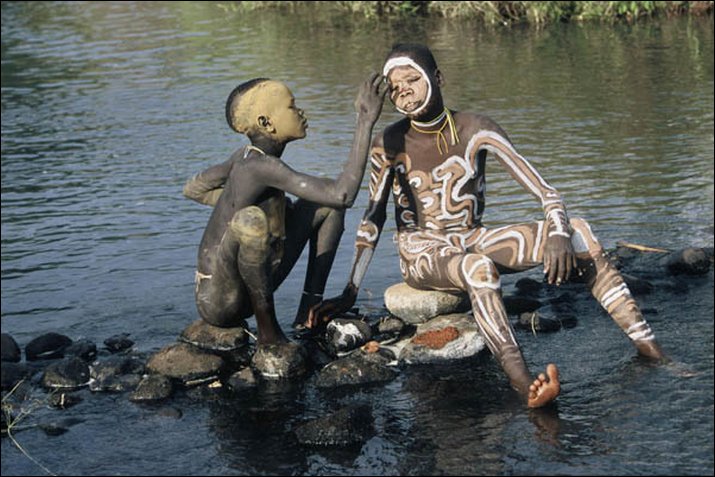
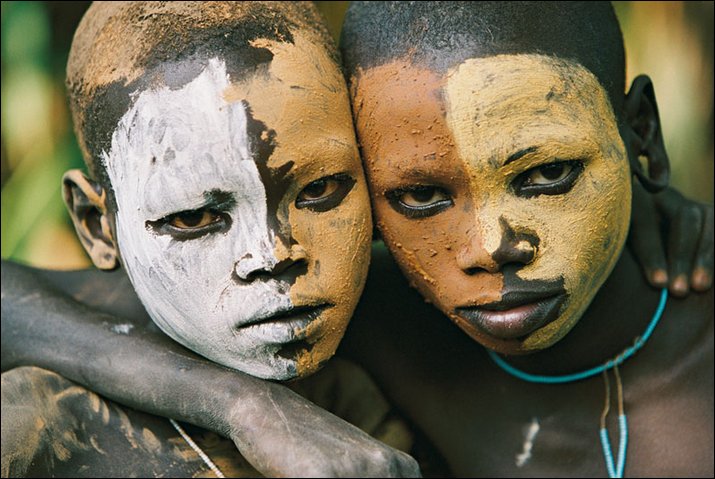
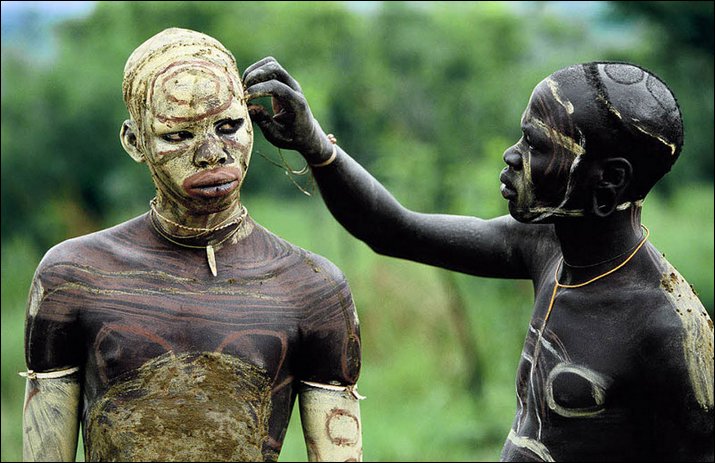
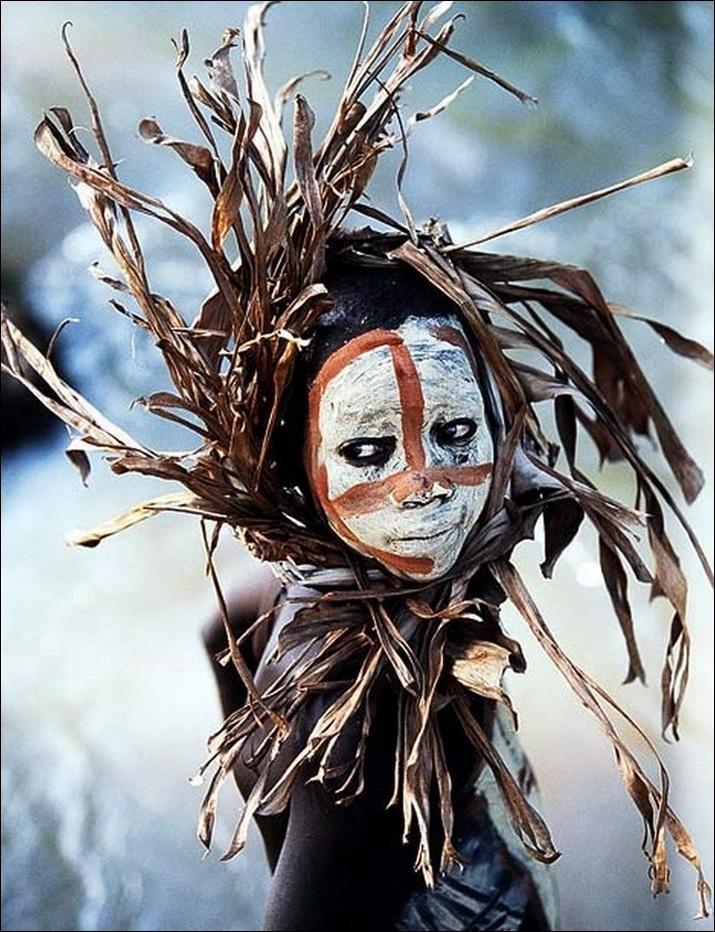
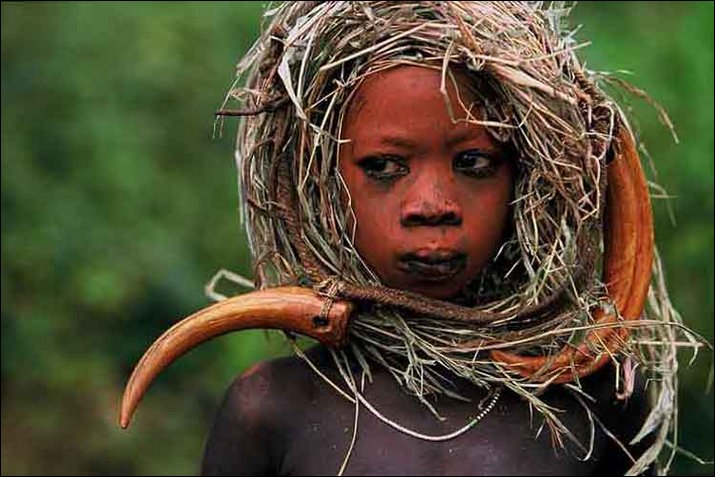
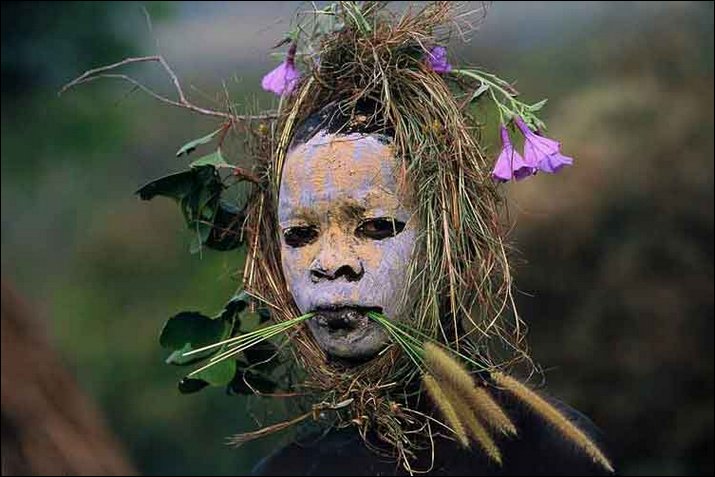

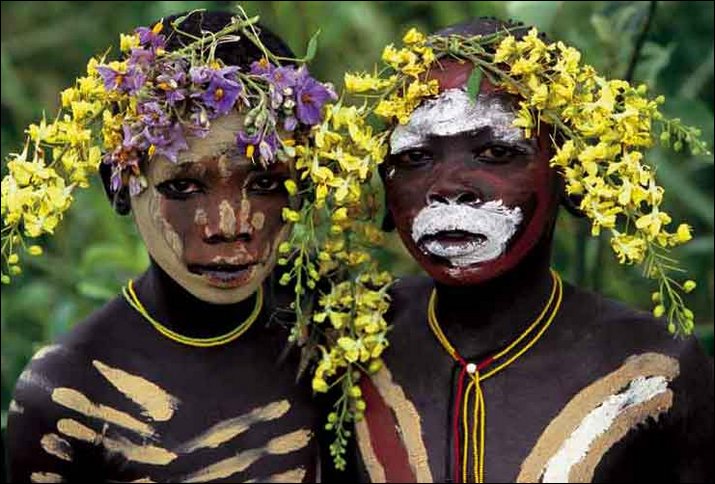
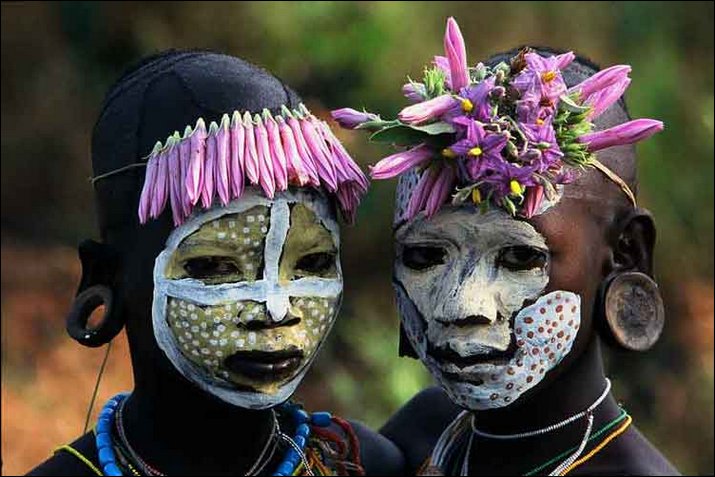
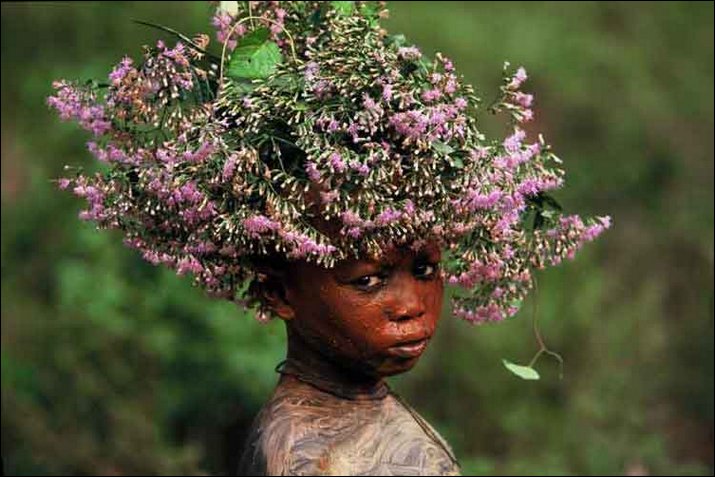
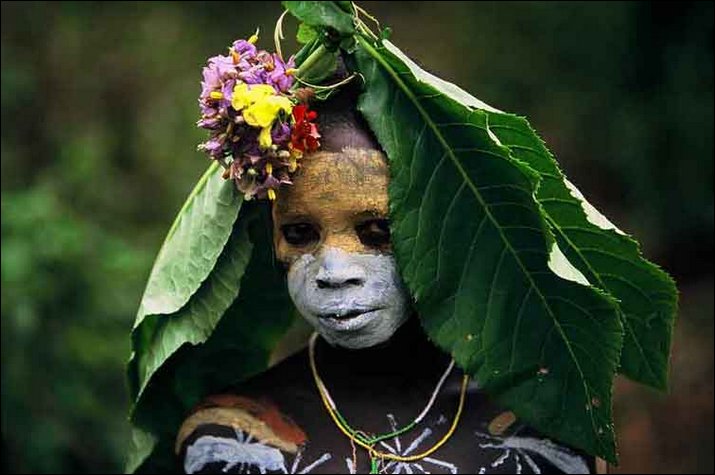
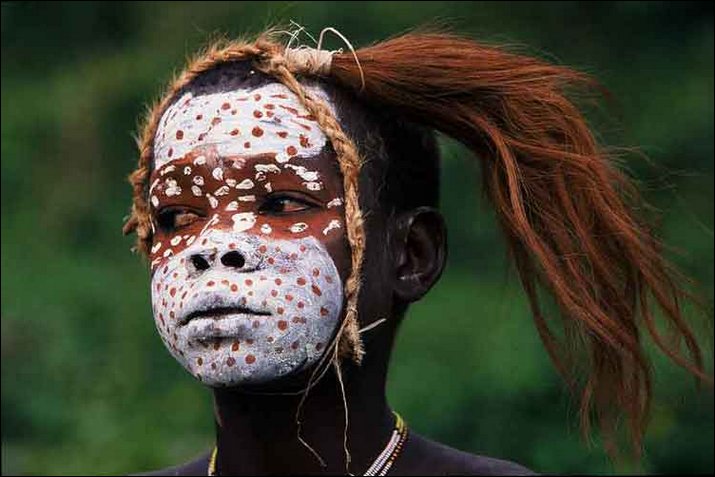
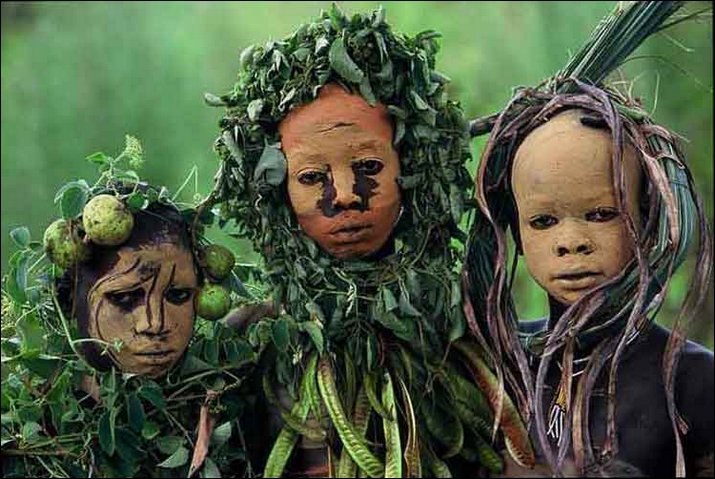
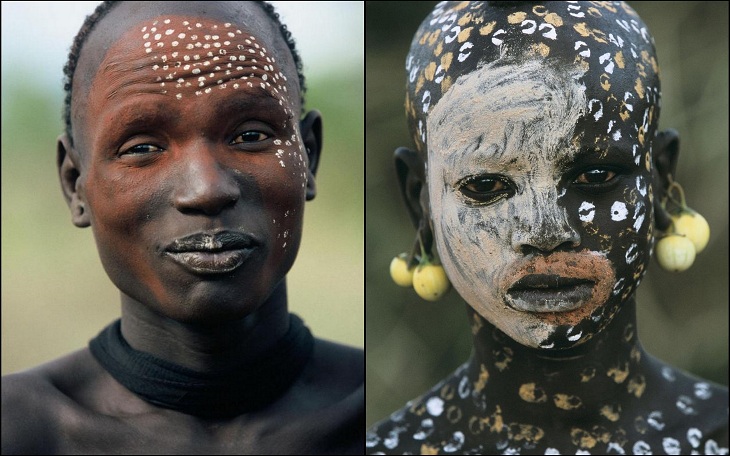

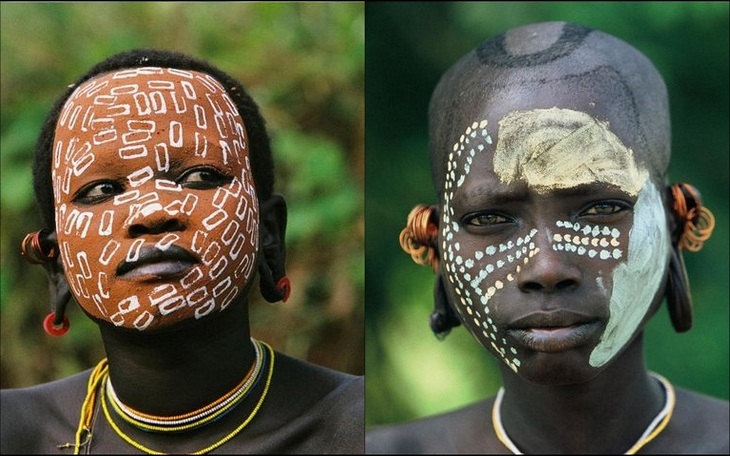
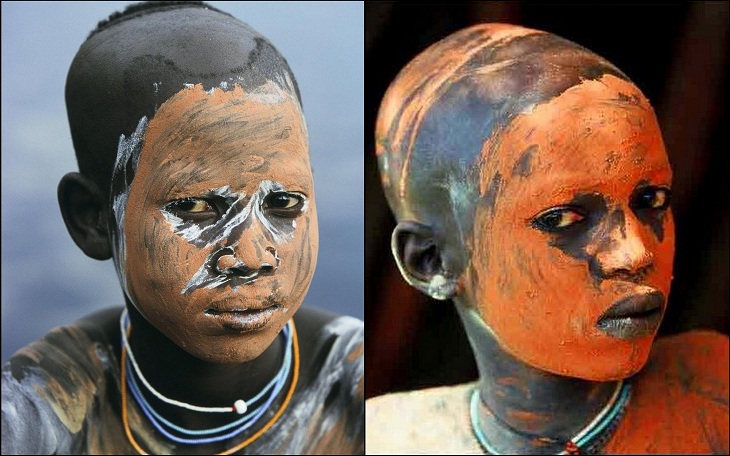
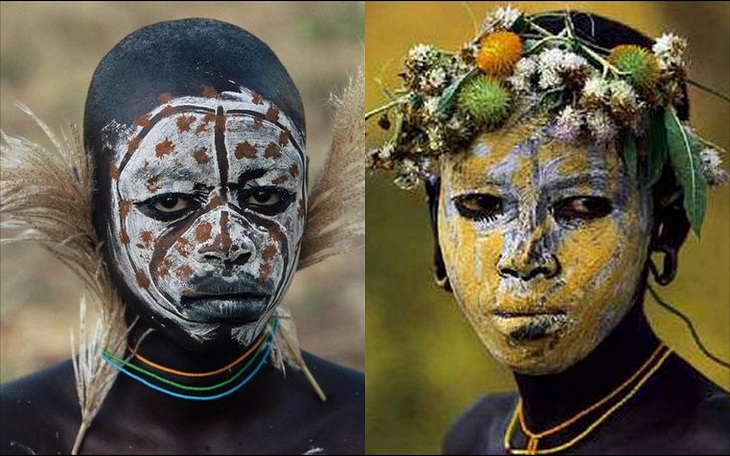
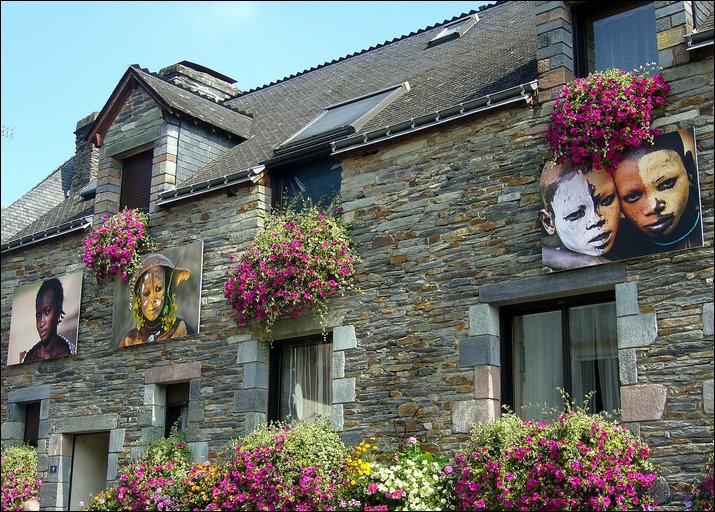

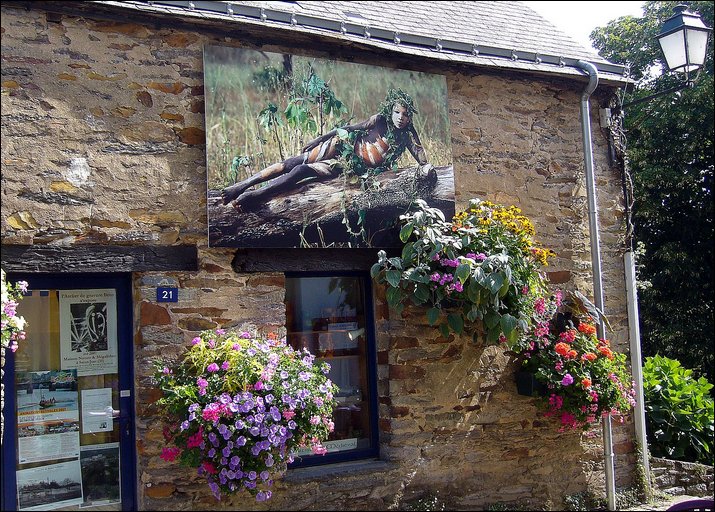
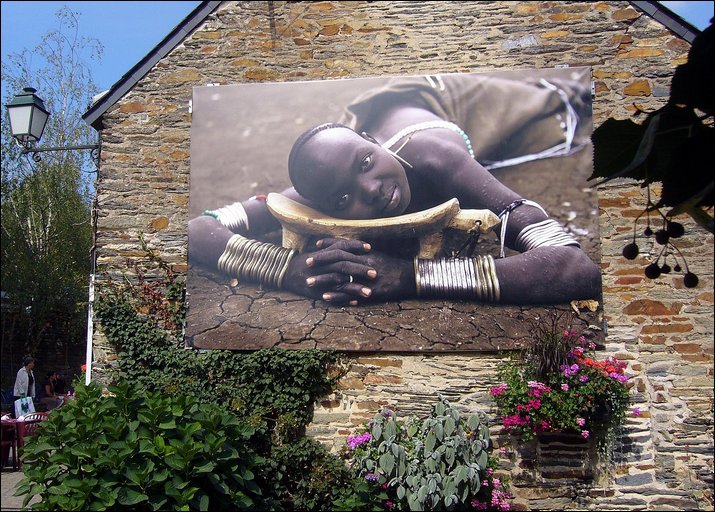


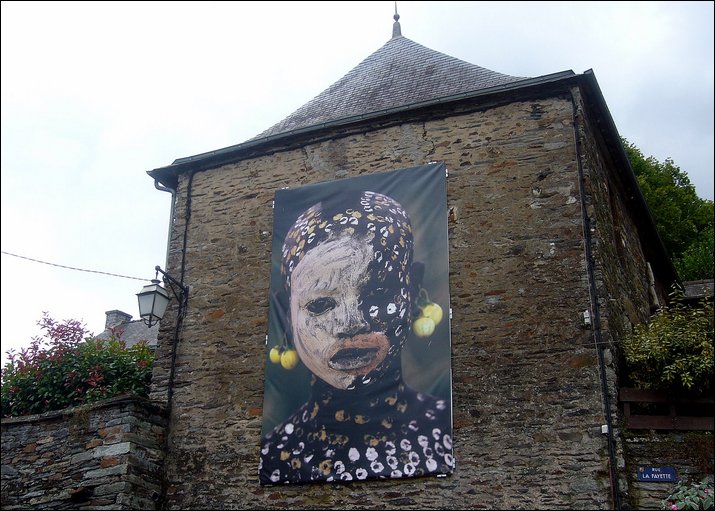




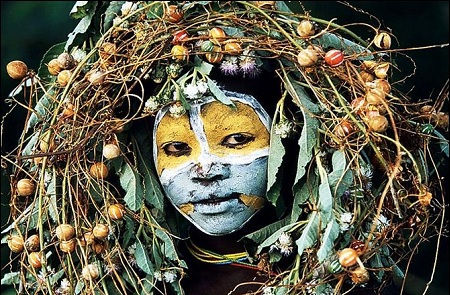


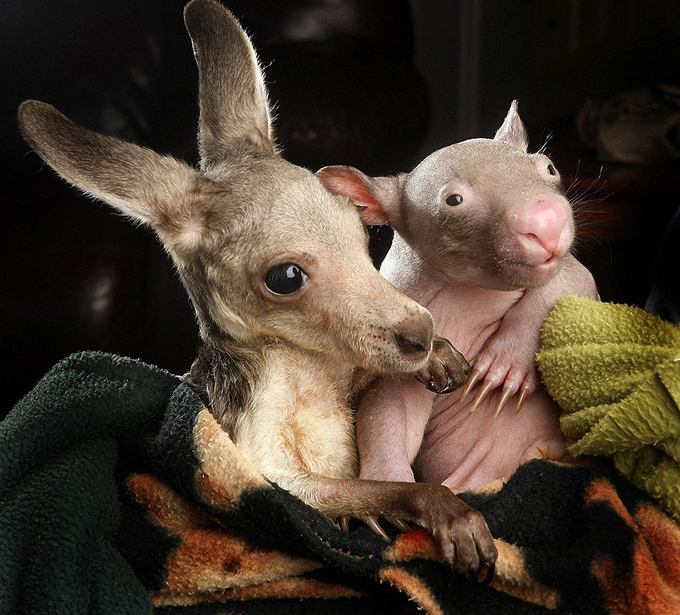




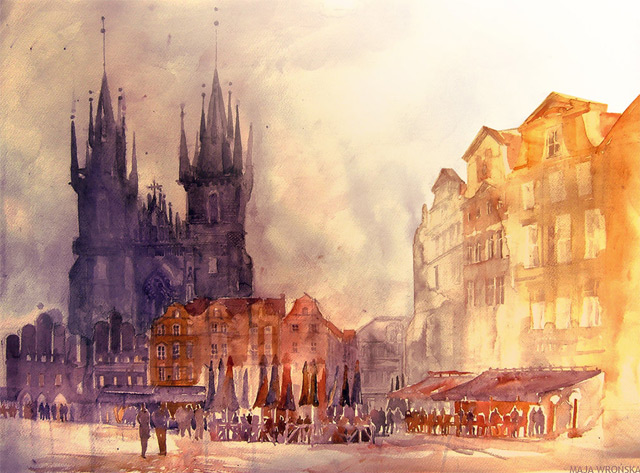
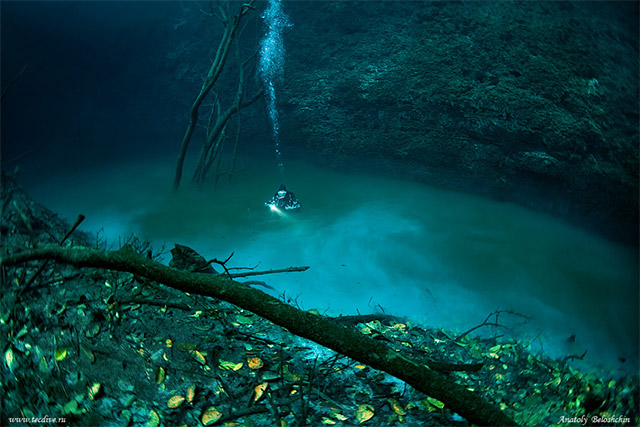
Pingback: Connecting Bloggers » Blog Archive » Hans Silvester and People from Omo Valley